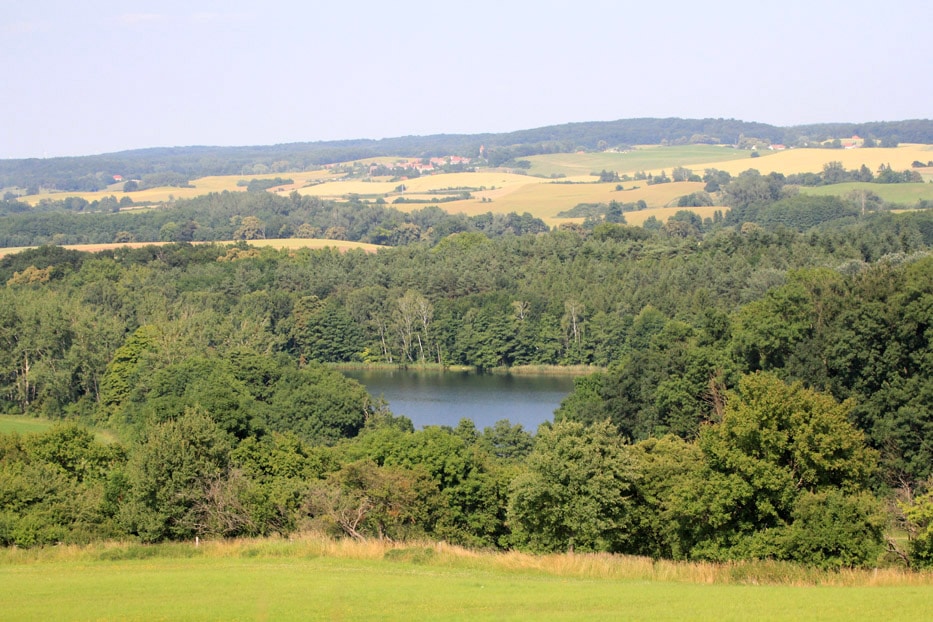Landscape heterogeneity and functional biodiversity

Population dynamics, community composition and biotic interactions are driven by processes acting on spatial scales that are larger than those of the local habitat. Several studies have shown that landscape heterogeneity affects species diversity and ecosystem functions, such as pollination or biocontrol. However, these studies are mainly focussing on the structural (physical) heterogeneity of landscape elements and do not take the resource needs of species into account.
Within the framework of the Biodiversity Exploratories this project will focus on the poorly known effects of functional landscape heterogeneity and connectivity on species diversity and ecosystem functions. Based on high resolution land cover maps, we will build maps representing functional landscape heterogeneity, which reflect the functional importance of different land cover types for various species and functional groups (e.g. for foraging or nesting) and functional diversity.
We will test the hypothesis that functional heterogeneity is a better predictor for biodiversity and ecosystem functions than structural heterogeneity. Moreover, we will analyse the effects of functional connectivity on species diversity and ecosystem functions. Focussing on the 150 grassland experimental plots, we will analyse the effects of functional landscape heterogeneity for a broad range of species and functional groups across multiple spatial scales. We expect to identify general patterns of the effects of landscape heterogeneity and connectivity on species diversity and ecosystem functions that will help to adopt conservation management schemes to enhance biodiversity and ecosystem functions in the three regions of the exploratories and beyond.









